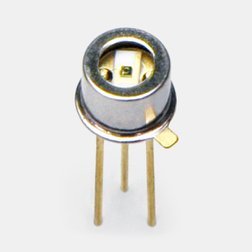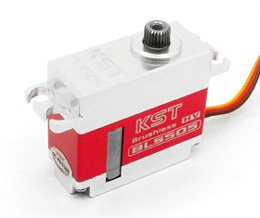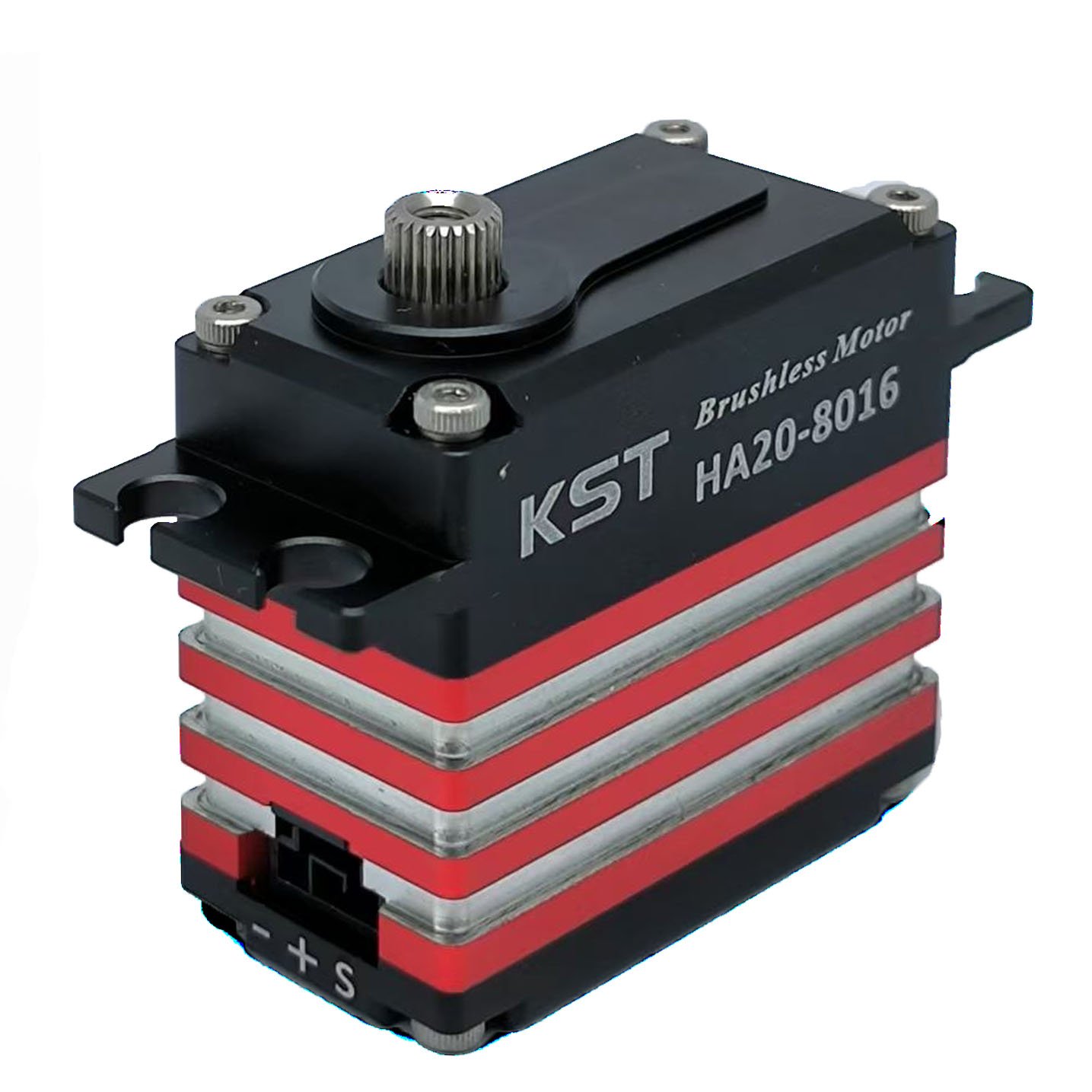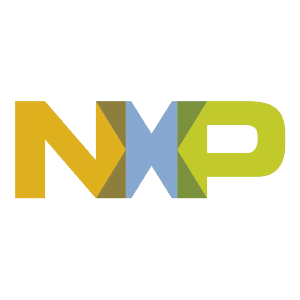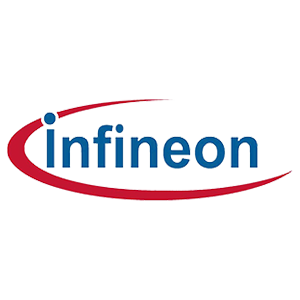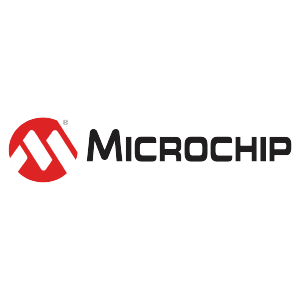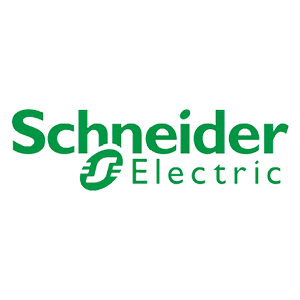In the field of industrial automation, Programmable Logic Controllers (PLC) serve as the core control devices, acting as the “brain” of the industry. From automotive production lines to smart logistics systems, from wastewater treatment plants to energy distribution networks, the innovation in PLC programming technology continues to drive improvements in production efficiency and reliability. This article will delve into the core logic of PLC programming, standardized practices, and its future direction in smart manufacturing.
1. PLC Programming: The Cornerstone of Industrial Automation
The hardware architecture of a PLC consists of a Central Processing Unit (CPU), Input/Output modules (I/O), power supply, and communication interfaces. Its core value lies in real-time logical control for precise scheduling of mechanical equipment. Compared to traditional relay control, PLC programming offers three major advantages:
- Flexibility: Logic can be modified through software without rewiring.
- Reliability: Solid-state components offer superior resistance to interference compared to mechanical contacts.
- Scalability: Modular design supports rapid system upgrades.
The mainstream programming languages include:
- Ladder Diagram (LD): Based on electrical schematics, suitable for discrete control.
- Structured Text (ST): Pascal-like syntax, ideal for complex algorithm implementation.
- Function Block Diagram (FBD): Graphical encapsulation of functional modules, facilitating code reuse.
For example, in controlling automotive welding robots, engineers write multi-axis synchronization logic using Ladder Diagrams, employing high-speed counters to capture encoder pulses, achieving positioning accuracy of ±0.1mm.
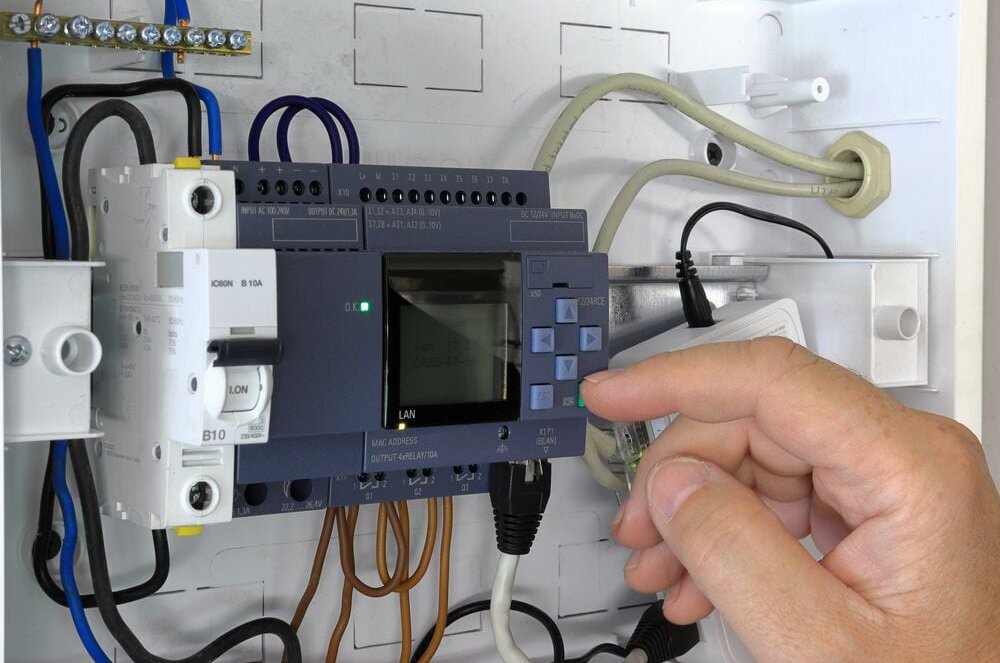
2. Standardized Programming: From Code Chaos to Industrial-Grade Quality
Traditional PLC projects often suffer from skyrocketing maintenance costs due to haphazard programming. A case study from a food packaging factory showed that non-standardized code led to a 300% increase in troubleshooting time. Therefore, modern PLC development must adhere to the following standards:
Standardized Naming System:
- Variable Naming: Area_Device_Function (e.g., MIXER1_MOTOR_SPEED)
- Program Block Numbering: FB100 (Function Block), DB200 (Data Block)
Modular Design:
- Break down device control into independent function blocks such as motor drive, temperature PID, safety interlocks.
- Use Object-Oriented Programming (OOP) concepts to encapsulate device objects.
Version Control:
- Use platforms like TIA Portal and Codesys’ Compare Tool for difference analysis.
- Set up Git repositories for managing program version iterations.
One international automotive manufacturer implemented the IEC 61131-3 standard, reducing line switching time by 40% and achieving a 75% code reuse rate.
3. PLC Technology Evolution in the Industry 4.0 Era
With the proliferation of new technologies such as OPC UA and TSN (Time-Sensitive Networking), PLCs are transitioning from isolated controllers to intelligent nodes:
Edge Computing Integration:
- Siemens S7-1500 series integrates AI chips, enabling local vision-based quality inspection.
- Schneider EcoStruxure supports running Python scripts directly on PLCs for data processing.
Digital Twin Applications:
- Using PLCSIM Advanced to create virtual debugging environments, project timelines are shortened by 30%.
- Real-time synchronization of physical device status via digital mapping enables predictive maintenance.
Open Architecture Trends:
- IEC 61499 standard promotes the spread of event-driven programming.
- Linux-based soft PLCs (e.g., Beckhoff TwinCAT) break through traditional hardware limitations.
A steel group deployed AI-PLCs in its blast furnace control system, using LSTM algorithms to predict refractory material wear, saving 8 million RMB annually in unplanned downtime.
4. Practical Case Study Analysis
Case 1: Smart Warehouse Logistics System
- Challenge: 200 AGVs collaborating to avoid obstacles with response time <50ms.
- Solution:
- CODESYS was used to develop the main control PLC program.
- PROFINET was used for ring network communication.
- Dynamic path planning based on XML configuration.
- Result: Sorting efficiency increased to 6,000 items per hour, with energy consumption reduced by 18%.
Case 2: Smart Maintenance for Photovoltaic Power Plants
- Pain Point: Difficulty in fault location for 1,500 string arrays.
- Innovation:
- Modbus TCP protocol stack deployed on Beckhoff CX9020 PLC.
- Discrete Fourier Transform (DFT) algorithm integrated to analyze current harmonics.
- Benefit: Fault diagnosis time reduced from 2 hours to 5 minutes.
Conclusion: The Engineer’s Cognitive Leap
PLC programming has evolved from simple logic writing to the practice of system-level engineering thinking. Future automation engineers must possess:
- Cross-Domain Integration Skills: Bridging IT/OT technology stacks.
- Data Thinking: Shifting from signal processing to value extraction.
- Architectural Design Vision: Balancing deterministic real-time control with cloud computing.
As an expert in Industry 4.0 in Germany said: “The quality of PLC code directly determines the ‘IQ’ level of the smart factory.” In this interconnected world, mastering advanced PLC programming technology is the key to unlocking the future of industry.










